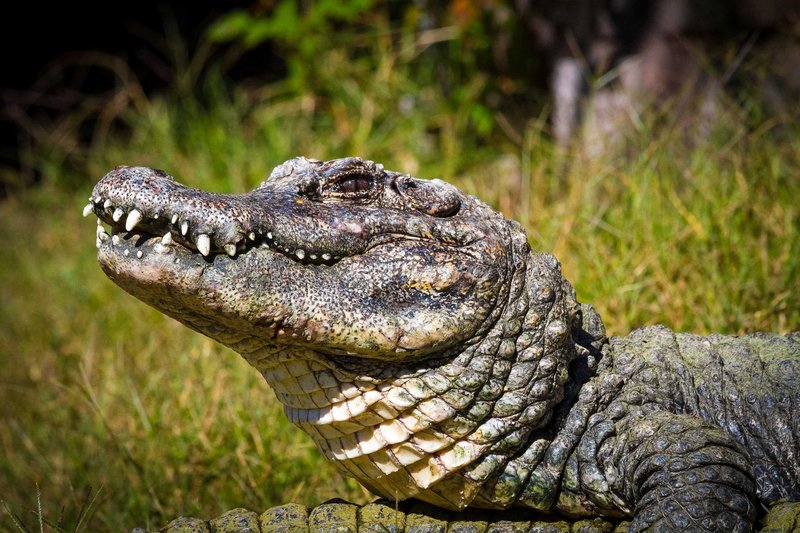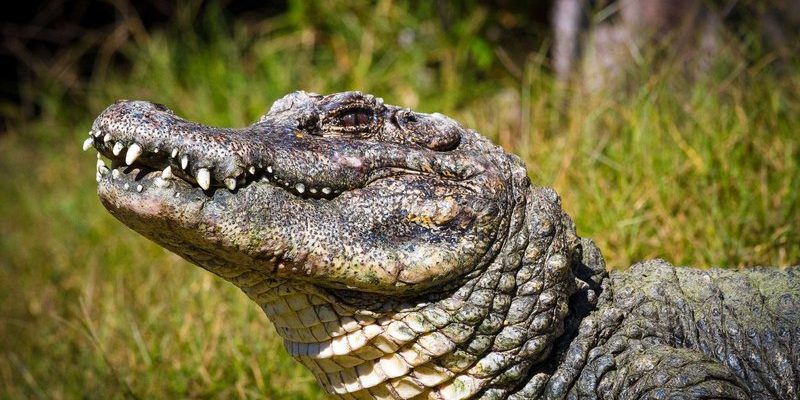
Just like any predator, the Chinese alligator plays a crucial role in its ecosystem. This little-known creature has specific dietary needs and hunting methods that help it thrive in a rapidly changing habitat. If you’re curious about what these remarkable reptiles munch on and how they catch their meals, you’re in the right place!
Dietary Preferences of the Chinese Alligator
The Chinese alligator, or *Alligator sinensis*, is quite selective when it comes to food. They primarily feast on small animals that share their wetlands, which include fish, amphibians, and various invertebrates. Specifically, they have a taste for:
- Fish and frogs
- Crabs and snails
- Smaller mammals like rodents
Their diet largely depends on what’s available in their habitat. You might think of them as opportunistic eaters; they will take advantage of whatever food source is easiest to catch.
One interesting aspect of their diet is the age factor. Young Chinese alligators tend to eat smaller prey like insects and tiny fish, while adults can take down larger animals. This adaptability is key to their survival, especially in the shifting landscapes of their native China.
Hunting Techniques of the Chinese Alligator
When it comes to hunting, the Chinese alligator uses a mix of stealth and strength. They are known for their ambush tactics, blending in seamlessly with their surroundings. Picture yourself quietly waiting in a fishing hole—patience is a virtue, and these reptiles embody that perfectly.
These alligators typically lie still among the reeds or submerged in water, often with only their nostrils poking above the surface. When a potential meal comes close enough—a curious frog or an unsuspecting fish—they strike with incredible speed. Their powerful jaws can snap shut in a fraction of a second, leaving little chance for escape.
Another fascinating hunting method is their ability to utilize the element of surprise. They often wait for hours, remaining motionless until their target is within striking distance. This level of patience allows them to maximize energy while minimizing effort—a clever strategy for any predator.
The Importance of Camouflage
Camouflage plays a vital role in the hunting success of the Chinese alligator. Their dark, mottled skin allows them to blend into the murky water and plant life of their habitat. It’s like wearing a perfectly designed camouflage suit, making it difficult for prey to spot them.
When you’re submerged, the light filtering through the water makes it hard for fish and other small animals to see you. This advantage enables the alligator to remain hidden until the perfect moment arrives. They rely on this strategy, especially since their habitats often involve submerged vegetation that helps them remain unseen.
In a way, hunting becomes a game of patience. The alligator doesn’t rush; it waits for the right opportunity. This is a great reminder of how adaptation can shape the way animals interact with their environment.
Feeding Behavior and Techniques
Once the Chinese alligator catches its prey, the feeding process can vary depending on the type of food. After clamping down, they will typically drag their catch underwater to drown it. For smaller prey, they may simply swallow it whole. Larger animals might be torn apart, as the alligator uses its powerful jaws to break down the food.
Interestingly, they operate on a ‘feast or famine’ principle. After a successful hunt, they may eat a significant amount and then go for several days without a meal. This feast-and-famine pattern helps ensure they can survive in their environment, which can sometimes be unpredictable.
Additionally, alligators often consume stones or gravel, known as gastroliths, to aid digestion. This behavior is pretty common among reptiles and helps them break down food more effectively.
Seasonal Changes and Food Availability
The Chinese alligator’s diet can change with the seasons. In summer, when temperatures rise, prey becomes more abundant, leading to more hunting opportunities. This is the alligator’s time to shine; they are more active, hunting during the day and evening.
As winter approaches, however, food availability can dwindle. Chinese alligators may enter a state of brumation, similar to hibernation, where their metabolism slows down significantly. This helps them conserve energy during periods when hunting is less productive. You might say they take a break so their bodies can recharge for the next round of hunting.
This seasonal behavior not only highlights their adaptability but also connects them with their surrounding ecosystem. Changes in food availability and hunting patterns reflect larger environmental shifts, reminding us of the delicate balance in nature.
Conservation of the Chinese Alligator
Unfortunately, the Chinese alligator is considered critically endangered due to habitat loss and poaching. As wetlands shrink, food sources become limited. Conservation efforts are essential to ensure this remarkable predator continues to thrive.
Protecting their natural habitat is a primary focus of many organizations. By conserving wetlands and promoting awareness about their plight, we can help secure a more sustainable future for the Chinese alligator. As their primary prey decreases, maintaining the balance in their ecosystem becomes even more vital.
Conservation programs often involve captive breeding initiatives, allowing populations to thrive safely before being reintroduced into the wild. It’s a slow process, but with collective efforts, we can foster environments where these alligators can hunt and thrive once more.
The Chinese alligator is a fascinating predator with a well-defined diet and intricate hunting techniques. From stealthy ambushes to seasonal adaptations, these reptiles showcase the resilience necessary to thrive in a challenging environment. By understanding what the Chinese alligator eats and how it hunts, we can appreciate not only their unique behaviors but also the importance of conservation efforts in protecting this incredible species.
The next time you think about alligators, remember the Chinese alligator and its vital role in the ecosystem. It’s a reminder of just how interconnected and delicate life can be—each creature, no matter how small, plays a part in the larger symphony of nature.

